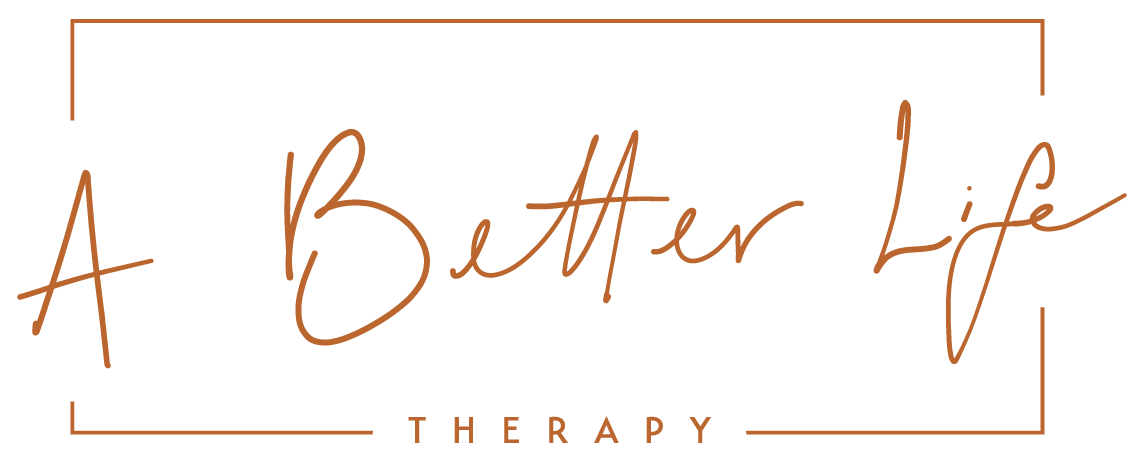Sitting in the Mud – The Step Couples Often Overlook in Communication
As human beings, we are hardwired to want to problem solve. It is part of the reason we have become so advanced as a species. However, when it comes to having a deep, meaningful connection with your partner, trying to problem solve right away may ironically get you into another problem.
Oftentimes I come across this issue in my office. It can sound something like:
“I keep saying the same things over and over and he still doesn’t do it. I give up!”
“It feels like she doesn’t care about me anymore”
“We keep arguing in circles.”
There is often a pattern attached to these statements. One partner extends a bid for connection about an emotional experience, the other notices their partner’s emotional reaction and tries to soothe them with an emotionless solution to the problem. While this solution-focused approach is usually well-intentioned, the dysregulated partner tends to view this as a dismissal of their feelings. This oversight often communicates that their emotions are not important in the relationship, and they tend to feel disconnected and isolated from their partner. Usually, they become emotionally withdrawn, grow resentful, or become aggressive in their plea to be heard. While all these reactions make sense to not getting needs met, it tends to be a marker towards relationship dissolution.
Luckily, there is a solution to this problem! Yes, I acknowledge the irony here. What’s even more ironic is that the best way to solve a problem is to not try to solve the problem at all… Hear me out. In the words of one of my mentors, “you can’t solve a problem unless you understand it first.” I found this piece of information transformative for my approach to couples therapy for folks who find themselves stuck in this pattern.
To understand this statement, we must understand the difference between content versus process first. When we think of a scenario, we can explore it using these two concepts. I try to teach couples to focus on the process instead of the content. If we were to view a scenario through a content lens, we would look at the surface level facts and objective events that occurred. It is the bare bones story of the scenario. This is often where the flames of problem-solving could get fanned and sound like:
“I don’t think my mother is isolating you; it’s just easier for her to call me. Don’t worry, I’ll just tell you what she tells me.”
The process is the deeper, more subjective experience surrounding the content. It’s about the interaction between the content and the person – the way the event made them feel, or the impact of the scenario on the person. Staying in the process is being able to empathize and be curious about their emotions. Or as I like to call it, ‘sitting in the mud’. This could sound like:
“Wow, I could see how my mother bypassing you like that might seem isolating. That must be quite upsetting. Have there been other times you’ve felt this way about her?”
The difference between the process response and the content response is that the process invites your partner to share their experiences and connect on a deeper, more meaningful level. When we slow down like this and hold space for our partner in their vulnerable moments without judgement or solutions, we are showing them that we understand that they are stuck in that unpleasant place, and we are willing to sit in the mud right next to them and hold their hand until they have the strength to stand up and trudge on. Simply put, we are saying “I see you, and I got you.” This mind-blowingly simple step is usually overlooked and undervalued before getting to the process of problem-solving. Typically, after our partner feels supported and safe, then they are more likely to want to work towards a solution and, better yet, together.
Again, it is understandable to want to soothe our partner’s feelings with a Band-Aid-like solution. But the risk in this is invalidating their experience, while imposing your own agenda on them. I have noticed that many people, in times of distress, want their partner to sit with them in the mud for a while and simply be a friend. Joining with your partner in these times of difficulty facilitates a more secure attachment, which fosters deeper connection, and in turn allows for a clearer path out of the mud, and back into the meadow.
BY: MARY FUNG-A-FAT, M.ED.
Mary Fung-A-Fat is a therapist in Philadelphia, Pennsylvania. Mary offers services online through our HIPAA compliant platform. She supports individuals and couples as they learn to navigate the end of relationships. To schedule an appointment click here.
A BETTER LIFE THERAPY
A Better Life Therapy was founded in 2013 with a passion for providing warm, compassionate services to individuals and families in Pennsylvania. Our team specializes in relationship health as well as individual mental health. Our team has expertise in areas like anxiety, grief, depression, pregnancy related issues, sexual issues, substance use and trauma.
We currently have in person offices in:
Bucks County, Pennsylvania
Philadelphia, Pennsylvania
The Main Line, Pennsylvania
The Jersey Shore
The Lehigh Valley, Pennsylvania
Email us info@abetterlifetherapy.com
Call 267-838-0066
Services:
Read about our individual services
Read about our couples therapy services


